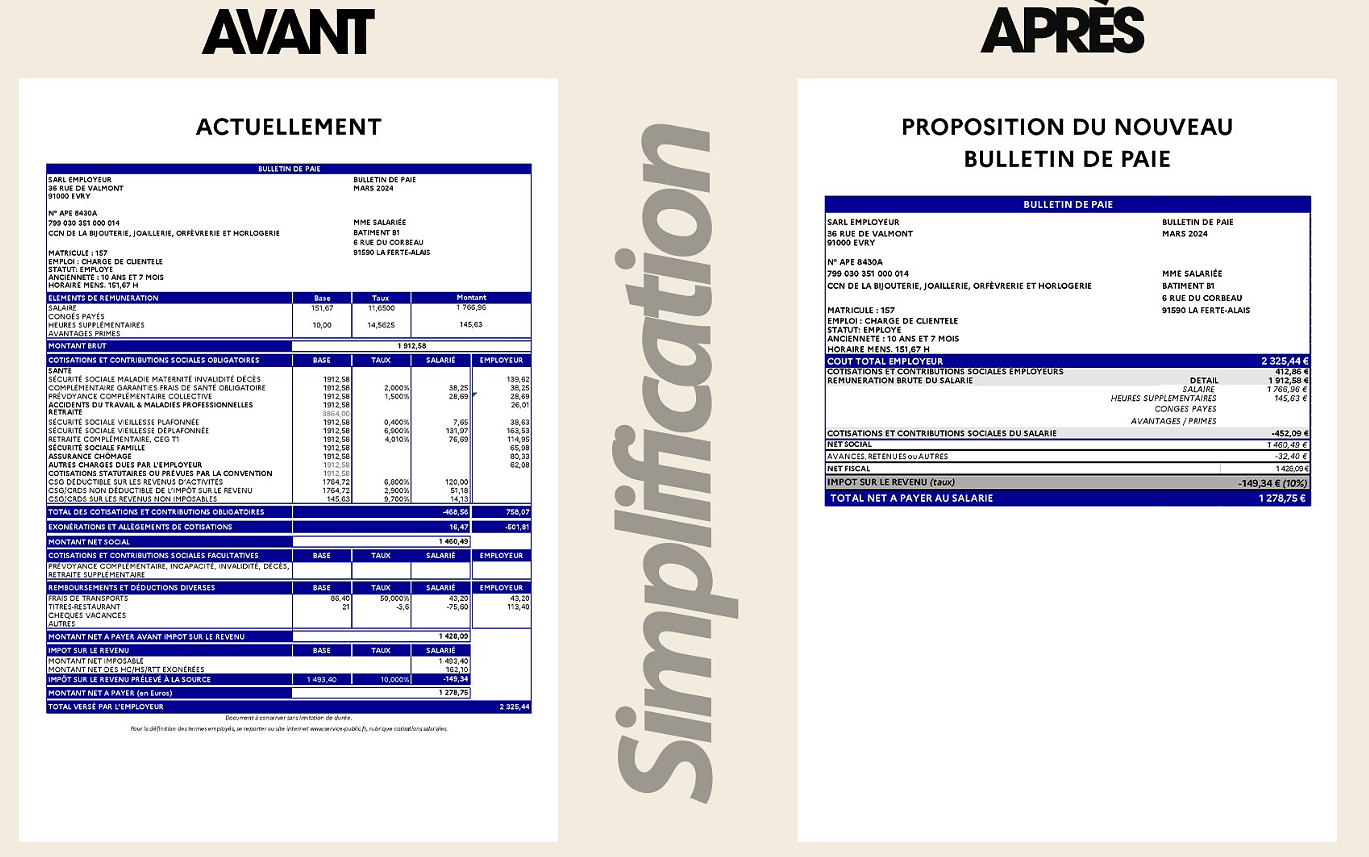As it has evolved our planet in the course of billions of years of its history, and what are the characteristics of its core and mantle? The answer is contained in a small fragment of a meteorite, within which the international group of researchers led by Luca Bindi , a professor at the University of Florence, has identified a new mineral, the hiroseite. Documenting the study published in the journal Science Advances, that provides, for the first time, an experimental confirmation of the assumptions made about the transformations that have taken place in the composition of our planet since its formation.
The new mineral, a silicate of Iron and Magnesium, was identified in a sample of the meteorite Suizhou, fall, 1986 Dayanpo, China. The pressure and the temperature at which the hiroseite is formed, in the collision between asteroids in space, are comparable to those present in the deep mantle of our planet and in its composition there is a high presence of oxidized iron, a state of the chemical element until now only hypothesized in this layer of the Earth.
“To understand the meaning of this discovery - comments Bindi, professor of Mineralogy of the University of florence - it is necessary to start from the fact that iron can exist in three oxidation states, the metal iron (Fe0) and iron in the form of bivalent Fe2+ and trivalent Fe3+; the latter are formed in contact with the oxygen, as happens in the process of rusting. It is thought that in the earth's core there is only the iron to the state of metal - continues the researcher -while in the mantle, the scientific community believes that the iron is present as Fe2+ and Fe3+”.
in Addition to describing the new species in mineralogy, thanks to the study of chemical and structural hiroseite, the researcher fiorentino and colleagues of Arizona State University and the Guangzhou Institute of Geochemistry (chinese Academy of Sciences) have been able to experimentally demonstrate the mechanism hypothesized as responsible for the oxidation of our cloak, making it clear that the Fe-oxidized form, directly in the mineral itself, as in the one they identified.
The new mineral the name of which is inspired by Kei Hirose, the geophysicist of the japanese who has studied for years about the possible minerals present in the great depths of our planet, will enable scientists to also get closer to understanding the composition of earth's core. © Reproduction reserved
The new mineral, a silicate of Iron and Magnesium, was identified in a sample of the meteorite Suizhou, fall, 1986 Dayanpo, China. The pressure and the temperature at which the hiroseite is formed, in the collision between asteroids in space, are comparable to those present in the deep mantle of our planet and in its composition there is a high presence of oxidized iron, a state of the chemical element until now only hypothesized in this layer of the Earth.
Deep-Earth mineral named in honor of ELSI Director Kei Hirose - 'Hiroseite' https://t.co/XiNK0vClcW pic.twitter.com/uIlMEZwx5h
— Earth-Life Science Institute (ELSI) (@ELSI_origins) September 27, 2019
“To understand the meaning of this discovery - comments Bindi, professor of Mineralogy of the University of florence - it is necessary to start from the fact that iron can exist in three oxidation states, the metal iron (Fe0) and iron in the form of bivalent Fe2+ and trivalent Fe3+; the latter are formed in contact with the oxygen, as happens in the process of rusting. It is thought that in the earth's core there is only the iron to the state of metal - continues the researcher -while in the mantle, the scientific community believes that the iron is present as Fe2+ and Fe3+”.
in Addition to describing the new species in mineralogy, thanks to the study of chemical and structural hiroseite, the researcher fiorentino and colleagues of Arizona State University and the Guangzhou Institute of Geochemistry (chinese Academy of Sciences) have been able to experimentally demonstrate the mechanism hypothesized as responsible for the oxidation of our cloak, making it clear that the Fe-oxidized form, directly in the mineral itself, as in the one they identified.
The new mineral the name of which is inspired by Kei Hirose, the geophysicist of the japanese who has studied for years about the possible minerals present in the great depths of our planet, will enable scientists to also get closer to understanding the composition of earth's core. © Reproduction reserved

 His body naturally produces alcohol, he is acquitted after a drunk driving conviction
His body naturally produces alcohol, he is acquitted after a drunk driving conviction Who is David Pecker, the first key witness in Donald Trump's trial?
Who is David Pecker, the first key witness in Donald Trump's trial? What does the law on the expulsion of migrants to Rwanda adopted by the British Parliament contain?
What does the law on the expulsion of migrants to Rwanda adopted by the British Parliament contain? The shadow of Chinese espionage hangs over Westminster
The shadow of Chinese espionage hangs over Westminster Parvovirus alert, the “fifth disease” of children which has already caused the death of five babies in 2024
Parvovirus alert, the “fifth disease” of children which has already caused the death of five babies in 2024 Colorectal cancer: what to watch out for in those under 50
Colorectal cancer: what to watch out for in those under 50 H5N1 virus: traces detected in pasteurized milk in the United States
H5N1 virus: traces detected in pasteurized milk in the United States What High Blood Pressure Does to Your Body (And Why It Should Be Treated)
What High Blood Pressure Does to Your Body (And Why It Should Be Treated) “I’m interested in knowing where the money that the State takes from me goes”: Bruno Le Maire’s strange pay slip sparks controversy
“I’m interested in knowing where the money that the State takes from me goes”: Bruno Le Maire’s strange pay slip sparks controversy Despite the lifting of the controllers' strike, massive flight cancellations planned for Thursday, April 25
Despite the lifting of the controllers' strike, massive flight cancellations planned for Thursday, April 25 The right deplores a “dismal agreement” on the end of careers at the SNCF
The right deplores a “dismal agreement” on the end of careers at the SNCF The United States pushes TikTok towards the exit
The United States pushes TikTok towards the exit Saturday is independent bookstore celebration
Saturday is independent bookstore celebration In Paris as in Marseille, the Flames ceremony opens to fans of rap and hip-hop
In Paris as in Marseille, the Flames ceremony opens to fans of rap and hip-hop Sale of the century for a mysterious painting by Klimt, in Austria
Sale of the century for a mysterious painting by Klimt, in Austria Philippe Laudenbach, actor with more than a hundred supporting roles, died at 88
Philippe Laudenbach, actor with more than a hundred supporting roles, died at 88 Skoda Kodiaq 2024: a 'beast' plug-in hybrid SUV
Skoda Kodiaq 2024: a 'beast' plug-in hybrid SUV Tesla launches a new Model Y with 600 km of autonomy at a "more accessible price"
Tesla launches a new Model Y with 600 km of autonomy at a "more accessible price" The 10 best-selling cars in March 2024 in Spain: sales fall due to Easter
The 10 best-selling cars in March 2024 in Spain: sales fall due to Easter A private jet company buys more than 100 flying cars
A private jet company buys more than 100 flying cars This is how housing prices have changed in Spain in the last decade
This is how housing prices have changed in Spain in the last decade The home mortgage firm drops 10% in January and interest soars to 3.46%
The home mortgage firm drops 10% in January and interest soars to 3.46% The jewel of the Rocío de Nagüeles urbanization: a dream villa in Marbella
The jewel of the Rocío de Nagüeles urbanization: a dream villa in Marbella Rental prices grow by 7.3% in February: where does it go up and where does it go down?
Rental prices grow by 7.3% in February: where does it go up and where does it go down? Sale of Biogaran: The Republicans write to Emmanuel Macron
Sale of Biogaran: The Republicans write to Emmanuel Macron Europeans: “All those who claim that we don’t need Europe are liars”, criticizes Bayrou
Europeans: “All those who claim that we don’t need Europe are liars”, criticizes Bayrou With the promise of a “real burst of authority”, Gabriel Attal provokes the ire of the opposition
With the promise of a “real burst of authority”, Gabriel Attal provokes the ire of the opposition Europeans: the schedule of debates to follow between now and June 9
Europeans: the schedule of debates to follow between now and June 9 These French cities that will boycott the World Cup in Qatar
These French cities that will boycott the World Cup in Qatar Montpellier-Nantes: at what time and on which channel to watch the Ligue 1 match?
Montpellier-Nantes: at what time and on which channel to watch the Ligue 1 match? Ligue 1: Luis Enrique leaves many PSG players to rest in Lorient
Ligue 1: Luis Enrique leaves many PSG players to rest in Lorient Football: Deschamps, Drogba, Desailly... Beautiful people with Emmanuel Macron to play with the Variétés
Football: Deschamps, Drogba, Desailly... Beautiful people with Emmanuel Macron to play with the Variétés Football: “the referee was bought”, Guy Roux’s anecdote about a European Cup match… with watches and rubies
Football: “the referee was bought”, Guy Roux’s anecdote about a European Cup match… with watches and rubies


















